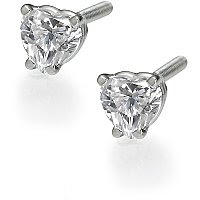
AGSL is known for grading the diamond cut including the Ideal Cut. It is also known for grading the fancy cut diamonds like Emerald, Oval and Princess cut. According to this laboratory, the most important among the four Cs of a diamond is the Cut, because this feature determines the amount of refraction or reflection of light.
The AGS Laboratories offer various reports depending on the type of diamond information required. The most preferred among them is the Diamond Quality Document (DQD) which includes the complete analysis of the four Cs of the diamond: Color Grade, Cut Grade, Carat weight and Clarity grade.

Image Source: http://www.agslab.com/product_diamond_quality_document.php
AGS Diamond Grading System
Grading is allotted in numerical form from the range of zero to ten. For Diamond Cut, zero means the best cut (Ideal cut) and ten indicates the lowest one. In the Verbal form, cut can be classified as AGS Ideal or Excellent or from Very Good, Good to Fair or Poor. The same numerical form goes for the Clarity feature of a diamond. The verbal descriptor for indicating the clarity of the diamond is same as that of GIA (Gemological Institute of America). For Diamond Color, zero indicates colorless and ten indicates light yellow or light brown.
AGSL provides easy-to-read grading scale hence making it easy for the consumers to evaluate and verify the quality of the diamond they have purchased.





